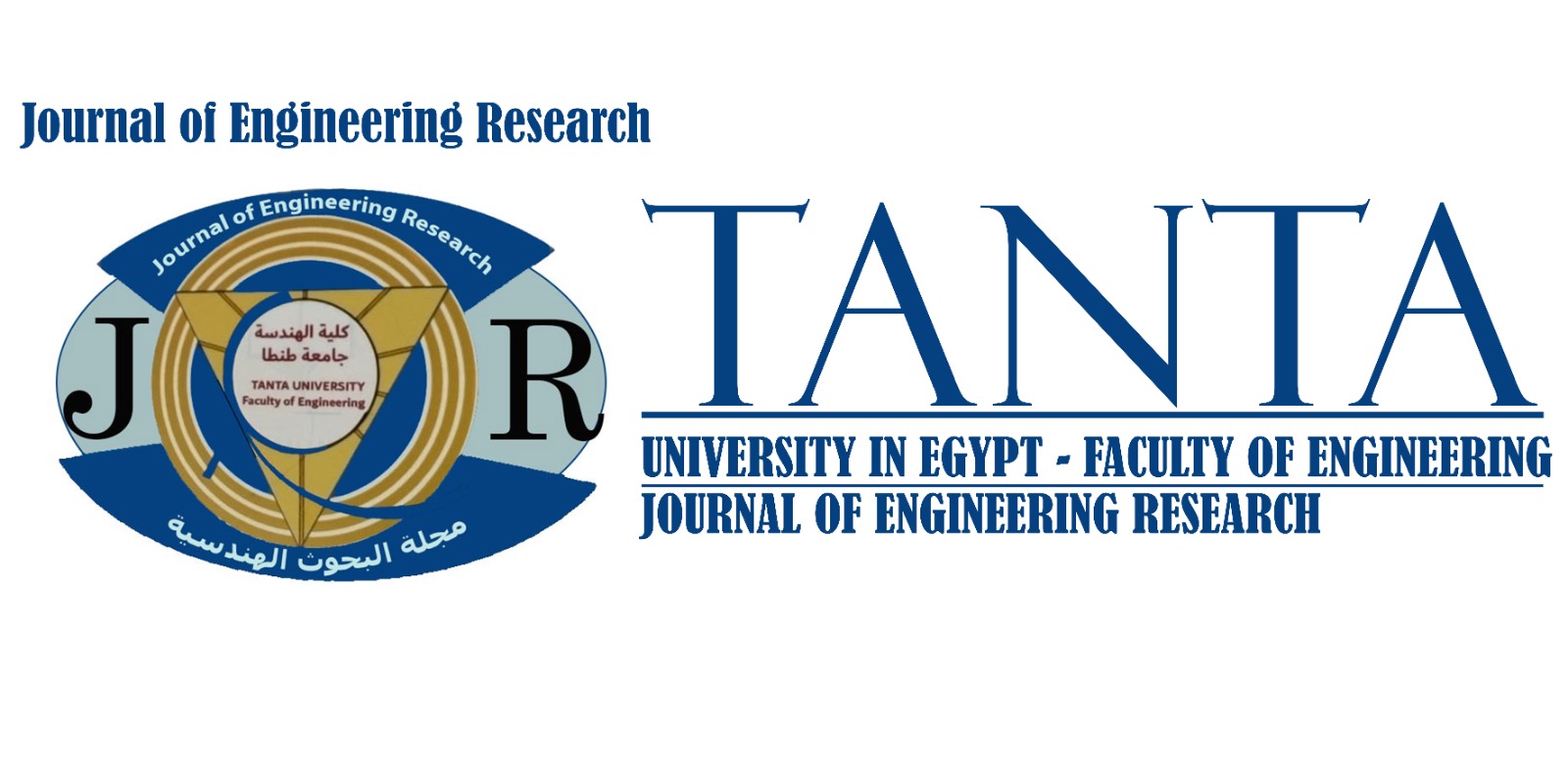Journal of Engineering Research

Abstract
Liquefaction is one of the most dramatic defects of granular soil. This phenomenon is mostly observed when loose sand is subjected to a dynamic load or earthquake. In this study, the liquefaction that affected the loose soil evaluated, and some recommendations are introduced. (2-D) Numerical analysis using Plaxis (8.2) was conducted to simulate the behavior of the loose soil under dynamic loads. The studied model was carried out on multi-layers soil supported by stone columns subjected to dynamic loads. It was found that stone columns enhanced the soil behavior and reduced the damage that occurred. Liquefaction of the loose soil could be constrained by increasing the shearing parameters of the soil. The damages of a dynamic load are time-dependent, so the corresponding damage increases as the time of the applied dynamic load increases. Moreover, the many straining actions are evaluated, and a comparative study is introduced, such as access pore water pressure, total vertical displacement, deformation of soil, and velocity.
Recommended Citation
Shahien, Marawan M. M. Shahein; nasr, ahmed; and Abd El Fattah, Baher Mohamed
(2024)
"Numerical investigation of Liquefaction Mitigation in-Sandy Soils under Earthquake Loading Using Vertical Gravel Drains.,"
Journal of Engineering Research: Vol. 8:
Iss.
3, Article 10.
Available at:
https://digitalcommons.aaru.edu.jo/erjeng/vol8/iss3/10
Included in
Applied Mathematics Commons, Architecture Commons, Biomedical Informatics Commons, Geological Engineering Commons, Health Information Technology Commons, Nanotechnology Commons

